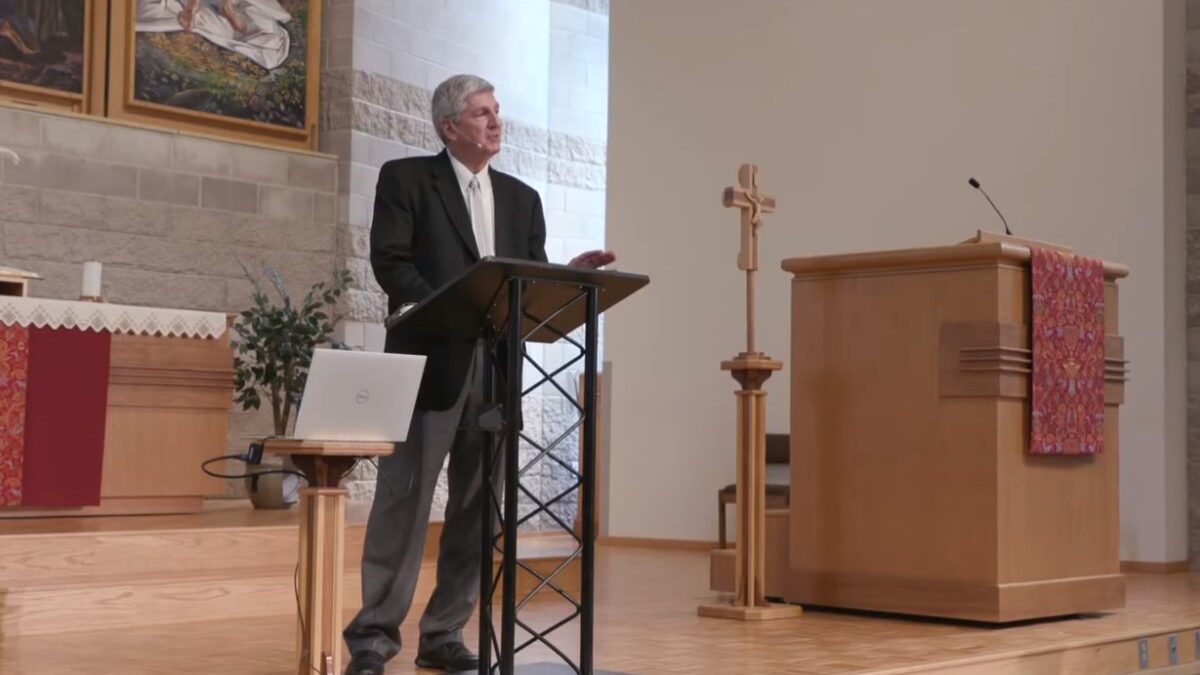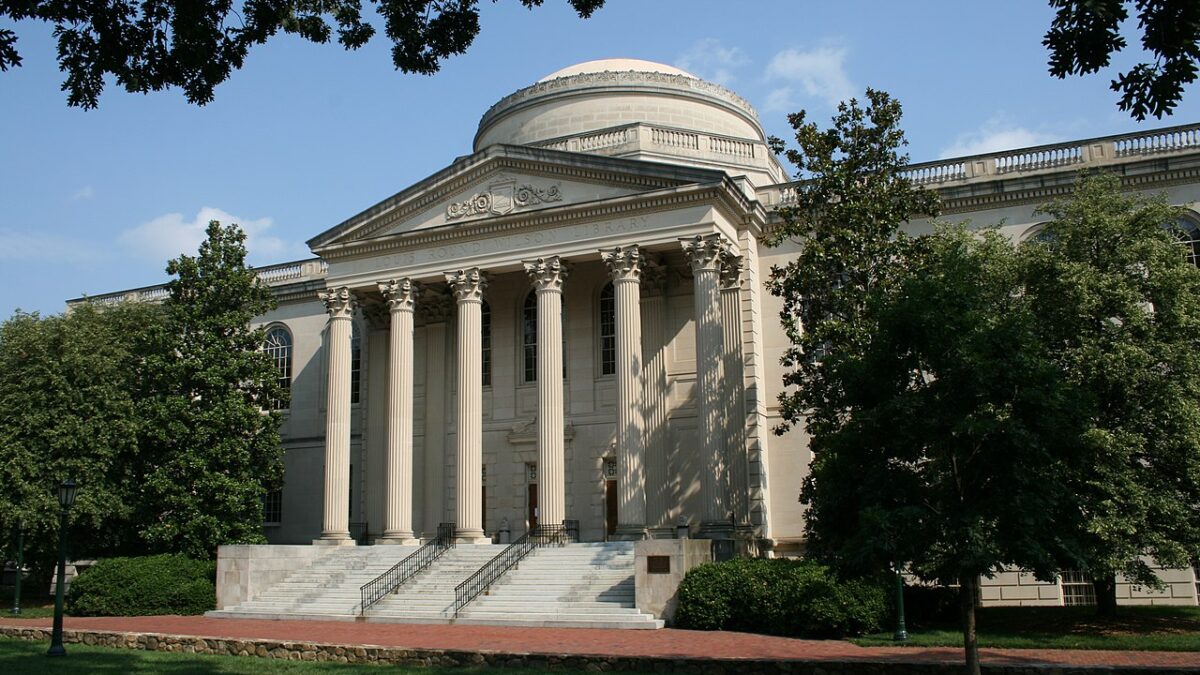The Supreme Court will hear two cases next month challenging the Biden administration’s recent move to require taxpayers to pay off $400 billion in other people’s federal student loan debt. Regardless of one’s stance on the issue of college debt, President Biden’s move is a one-time treatment, not a cure. Policymakers and students alike need systemic fixes to push down the ballooning price of higher education. They can do this by targeting the root of the issue: administrative bloat.
College tuition has shot up in recent decades, but it can’t be blamed on inflation or the increased cost of living. According to federal Consumer Price Index data, inflation of college tuition and fees dramatically outpaces all other sectors of the economy — even health care.
Why is this the case? A state audit of the University of California system identified rising administrative costs as the main driver of tuition increases, citing a 28 percent increase in system-wide administrative spending from fiscal years 2012-13 to 2015-16. Since then, the trend has only accelerated: As of 2021, non-instructional personnel comprises more than half of four-year university staff nationwide. In response, spending on per-student instruction decreased, dropping 13 percent between 2008 and 2018.
It’s what economists have coined “administrative bloat” — the rapid and ballooning expansion of administrative spending, driving up tuition costs and funneling money away from real academic instruction. In return, students receive more bureaucratic oversight, useless university departments, and swelling class sizes across disciplines.
It is unclear where this excess administrative spending goes. As George Mason University law professor Todd Zywicki writes, “The interesting thing about the administrative bloat in higher education is, literally, nobody knows who all these people are or what they’re doing.” Schools increasingly fund positions with nebulous or vaguely defined titles, such as “student success manager” or “vibrant campus community coordinator.”
Students can hardly be said to benefit from this. Despite skyrocketing tuition costs, students rarely find themselves in front of a full-time, tenure-track professor. To accommodate growing administrative spending, universities save money by hiring adjunct or non-tenure track lecturers. The rise of such faculty has been dramatic: Today, only about 20 percent of college courses are taught by tenure-track or full-time professors, compared to almost 80 percent in 1969.
While identifying these issues is relatively simple, implementing a solution is politically difficult. Although public colleges are subject to government appropriations and control, private colleges have no obligation to keep tuition low and could double prices tomorrow. In our culture of elite academic competition and liberal tax subsidies for college, they would still attract students even if private institutions tripled their prices: Of the top 20 universities, only two are public. Despite burgeoning endowments, elite schools continue to increase tuition because they can. Parents and politicians allow them to by continuing to shovel money colleges’ way regardless of instruction quality.
Many of the changes needed are cultural. First, students need to think critically about the value of college in their lives. The cultural value of academia and the “college experience” can often outweigh the actual academic benefit. Polling is showing this is already happening, with increasing numbers of Americans expressing doubt that college is a necessary or even useful entrance point for adulthood.
As consumers, students can also push back against the sticker price effect. Like goods at a supermarket, universities with a higher price tag are often perceived as higher quality. Universities profit from this assumption and use the boost in reputation to justify higher costs. When selecting a college, students should demonstrate their willingness to say no to colleges that overcharge their value.
There are actions policymakers can take, as well. First, they can ban four-year degree requirements for government jobs that don’t need them. Only one-third of the current U.S. workforce has a four-year degree, but more than 60 percent of jobs in state government require one — even for positions where most employees currently working the jobs don’t have a college degree.
This “degree inflation” worsens during recessions, when weaker labor markets allow employers to be pickier with applicants. In this way, four-year colleges become wasteful gatekeepers to many good middle-class jobs, forcing students to pay for an expensive delay of their entrance into the workforce they don’t need.
Second, state governments can boost the desirability and affordability of their public universities, which they can control. In a world of skyrocketing university budgets, states should not hesitate to trim their universities’ fat. They should deny budgetary increases for administrative growth and cut wasteful departments that fail to improve academic experience. Smarter university management will lead to bona fide tuition drops and increases in school rankings, which will attract potential students. This will also put pressure on university rivals to do the same.
When administrative bloat increases pressure on prices, the federal government shouldn’t always rush to foot the bill. Students and policymakers alike can productively combat this growth to make college better and more affordable for all.









